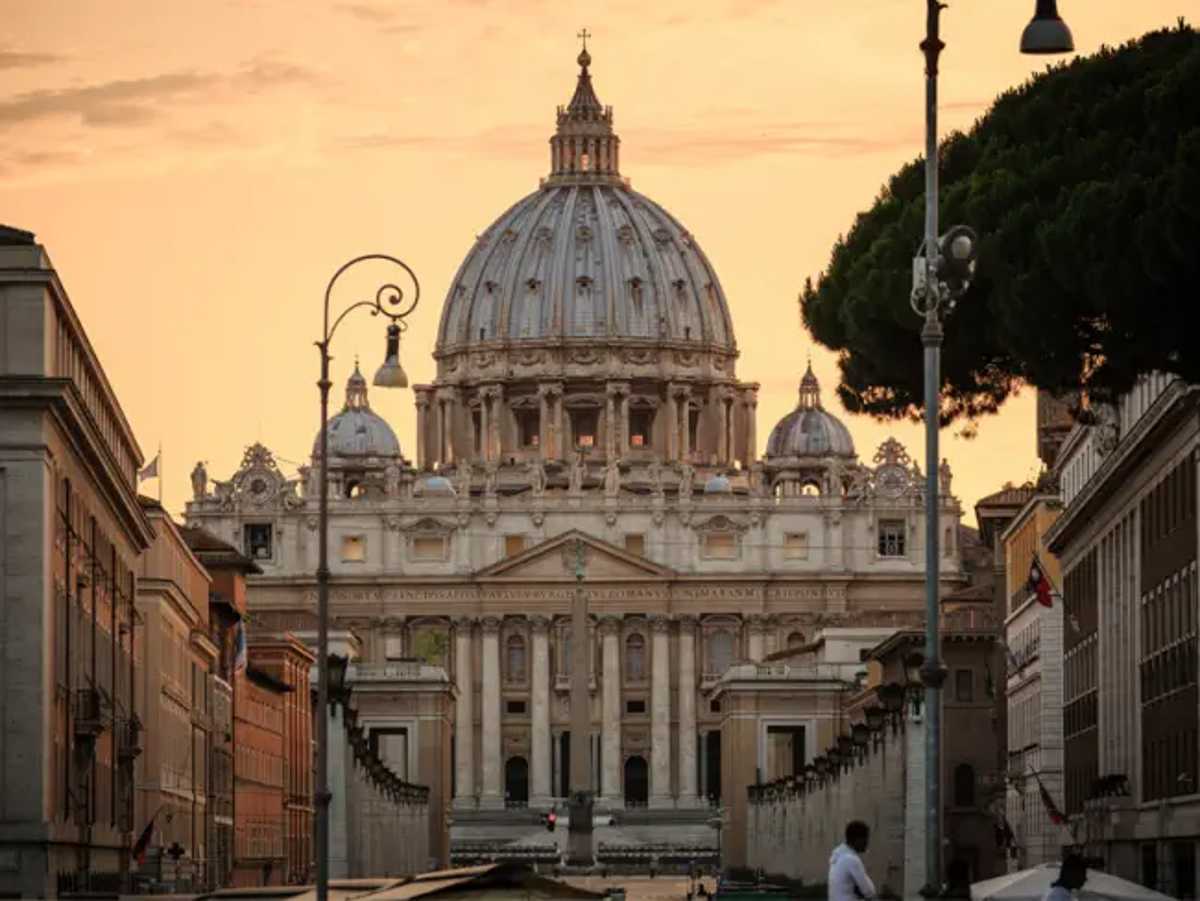In his introduction to The Apocryphal Jesus: Legends of the Early Church, J.K. Elliott has this to say about this large body of work: “It is in these apocrypha that art, sculpture, poetry, and drama often found inspiration. Dante’s Inferno, the harrowing of hell in the medieval English religious dramas known as mystery (or miracle) plays, and the works of Milton can often only be understood against a background of the New Testament apocryphal legends.”
Magnificent paintings have been inspired by the apocrypha, including works by Giotto, Filippo Lippi, Masaccio, Rogier van der Weyden, Raphael, and Titian--to name but a few examples. Christian films, including Quo Vadis (1951), King of Kings (1961), and Mel Gibson’s The Passion of the Christ (2004), also show traces of apocryphal material.
Readers interested in this subject might want to consult Art and the Christian Apocrypha by David R. Cartlidge and J. Keith Elliott, or The Apocryphal Gospels of Mary in Anglo-Saxon England by Mary Clayton, or The Cambridge Companion to Medieval English Theatre. Also of interest: From Judgment to Passion: Devotion to Christ and the Virgin Mary, 800-1200 by Rachel Fulton. The last full expression of the apocryphal legends in writing was, as far as I know, The Golden Legend, originally appearing as Legenda Sanctorum in 1260. The work was hugely popular and circulated throughout Europe, being translated into many languages. It is a great help today to those interpreting Christian art in many forms.
I would like to mention several other authors whose work might be of interest to other readers. Redating Matthew, Mark and Luke by John Wenham was tremendously helpful to me in my study of the Gospels. I also benefited from Jean Carmignac’s Birth of the Synoptic Gospels. The First Edition of the New Testament was an education in itself. David Alan Black’s simple and straightforward Why Four Gospels? was very helpful and is excellent for the mainstream reader. I’ve been very much benefited by Craig S. Keener’s truly magnificent A Commentary on the Gospel of Matthew and look forward to his other works. I’m also profoundly grateful for the writings of Fr. Benedict Groeschel, C.F.R, Fr. J. Augustine Di Noia, O.P., Fr. Gerald O’Collins, S.J., and the works of the great theologian Hans Urs von Balthasar.
2016-06-30
2016-06-30
more from beliefnet and our partners

